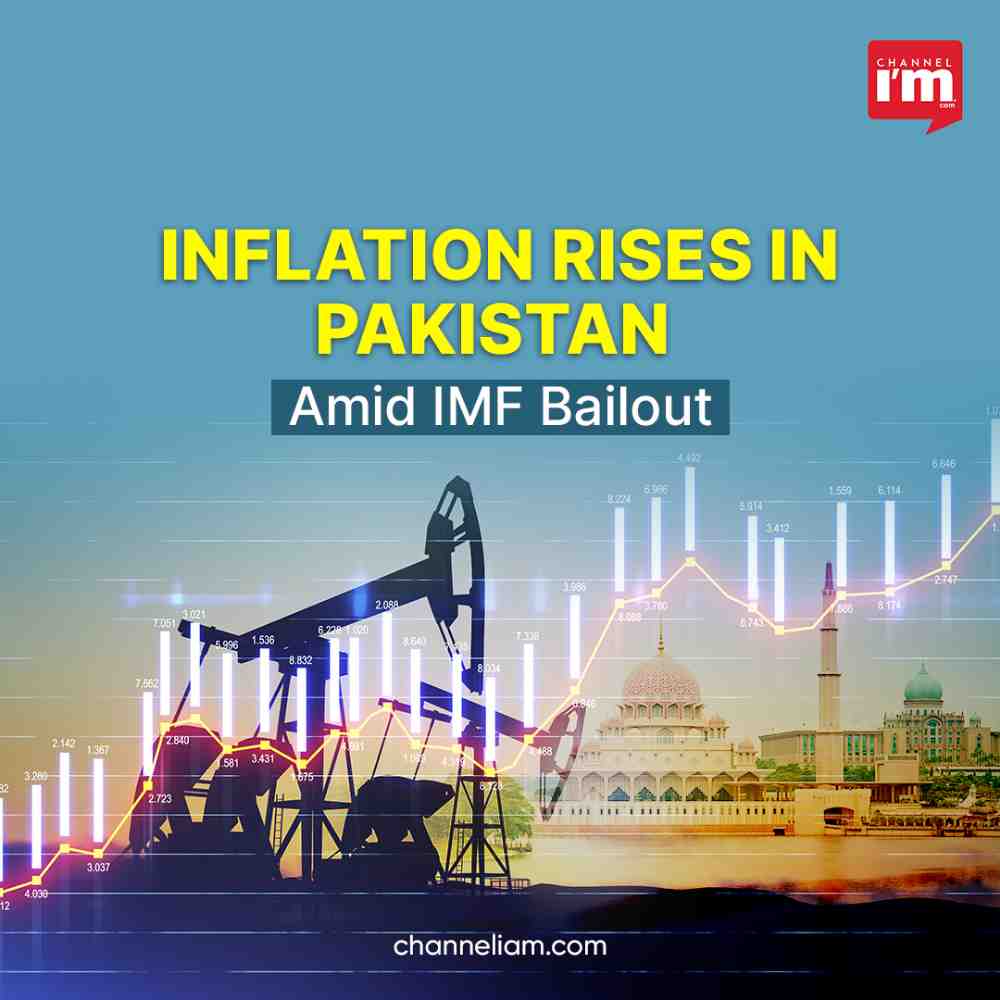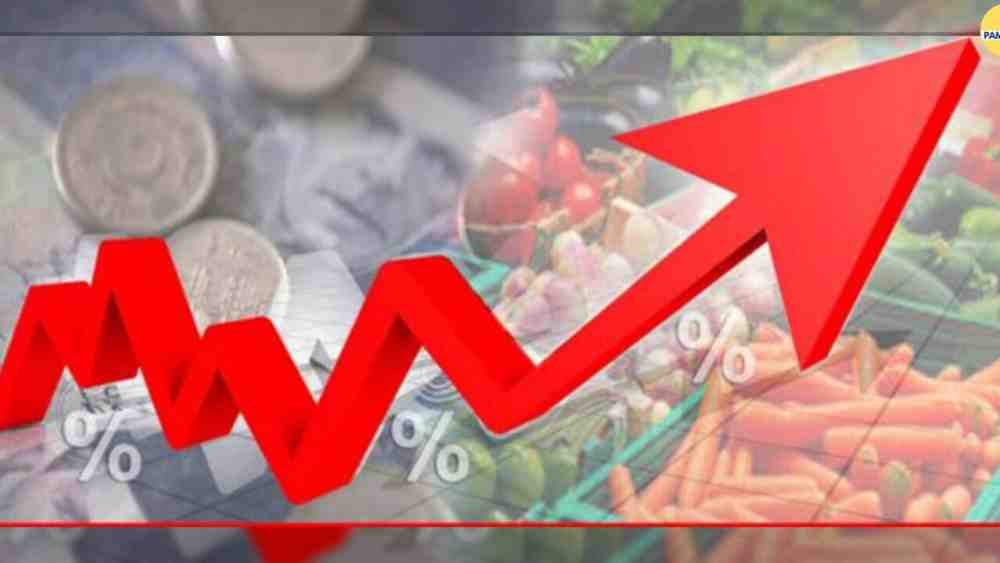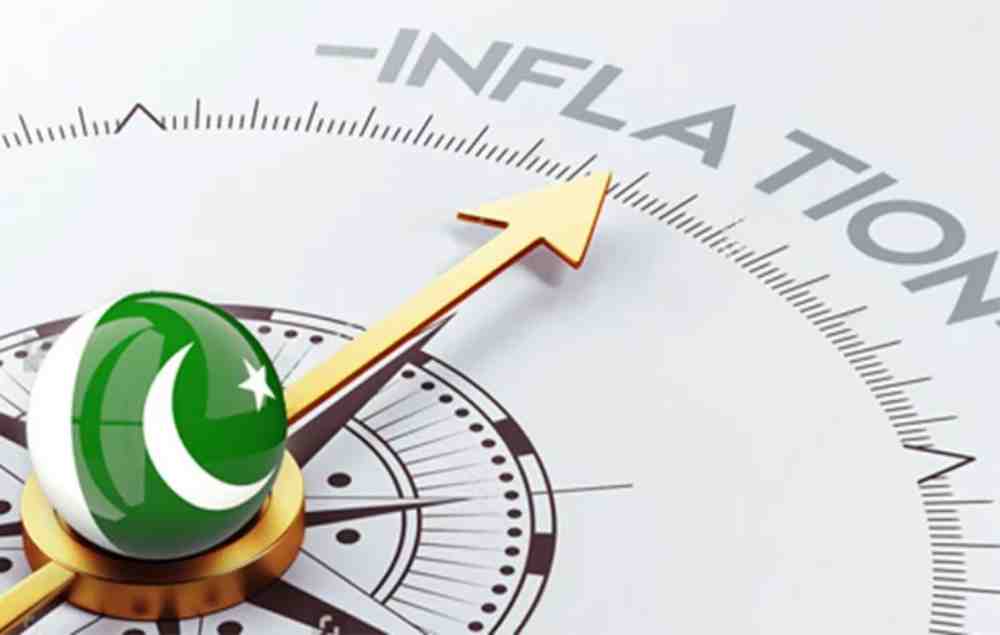September witnessed an unusual economic development in Pakistan as the country experienced an unexpected rise in inflation, ending a streak of four months of relatively stable prices. This surprising surge was the direct result of the government’s decision to increase fuel prices, a strategic move aimed at fulfilling the conditions set by the International Monetary Fund (IMF) to sustain a $3 billion bailout program. In this article, we explore the implications of this unanticipated inflationary uptick and its potential impact on Pakistan’s monetary policy.

Consumer prices in Pakistan surged by 31.44% in September compared to the previous year, according to data from the Pakistan Bureau of Statistics. This figure exceeded the median estimate of a 30.95% increase in a Bloomberg survey and marked a significant jump from the 27.4% recorded in August.
Possible Policy Response
This unexpected surge in inflation suggests that policymakers may find a case for increasing the benchmark policy rate at the upcoming meeting scheduled for October 30. The central bank had previously refrained from raising rates as record interest rates had managed to cool prices for three consecutive months starting from June.

Central Bank’s Outlook
The central bank anticipates further inflationary pressures in the coming months, primarily due to the recent hike in energy prices. These upward price movements are expected to persist until June of the following year. Bloomberg reported that the central bank’s average projection for price hikes this year ranges from 20% to 22%.
IMF Conditions and Public Concerns
To meet the IMF’s conditions and sustain the ongoing bailout program that commenced in July, Pakistan’s caretaker government increased fuel costs. Additionally, plans to raise gas prices are in the pipeline. These measures, while serving economic stabilization goals, are likely to increase living costs, potentially sparking protests among the Pakistani populace already grappling with financial constraints.
Inflation’s Impact on Key Sectors
Official data reveals that the impact of inflation is particularly pronounced in key sectors. Transport prices surged by 31.26% in September compared to the previous year, while food costs witnessed a substantial 33.11% increase. Housing, water, and electricity prices also escalated, rising by 29.70%.
LPG Price Hike

Further contributing to inflationary pressures, Pakistan’s Oil and Gas Regulatory Authority (OGRA) raised LPG prices by ₹20.86 per kg, reaching a new rate of PKR 260.98 per kg. Domestic cylinder prices also saw an increase, rising to PKR 3,079.64 after an increment of PKR 246.16.
Hope Amid Challenges
Despite the persistent challenge of high inflation, Pakistan may find some relief in its recent government crackdown on dollar hoarders and smugglers. This crackdown has had a positive impact on the country’s currency, making the Pakistani rupee the best-performing currency globally in September. A stronger rupee could potentially lead to cheaper imports, offering a silver lining amidst ongoing economic challenges.

Pakistan’s recent inflation surge, driven by government efforts to meet IMF conditions, poses challenges for policymakers. The potential for interest rate hikes and the impact on various sectors of the economy require careful consideration. While the government seeks to stabilize the economy, it must also navigate public concerns regarding rising living costs. Amid these challenges, the hope remains that recent currency stability may offer some respite in the face of persistently high inflation.
